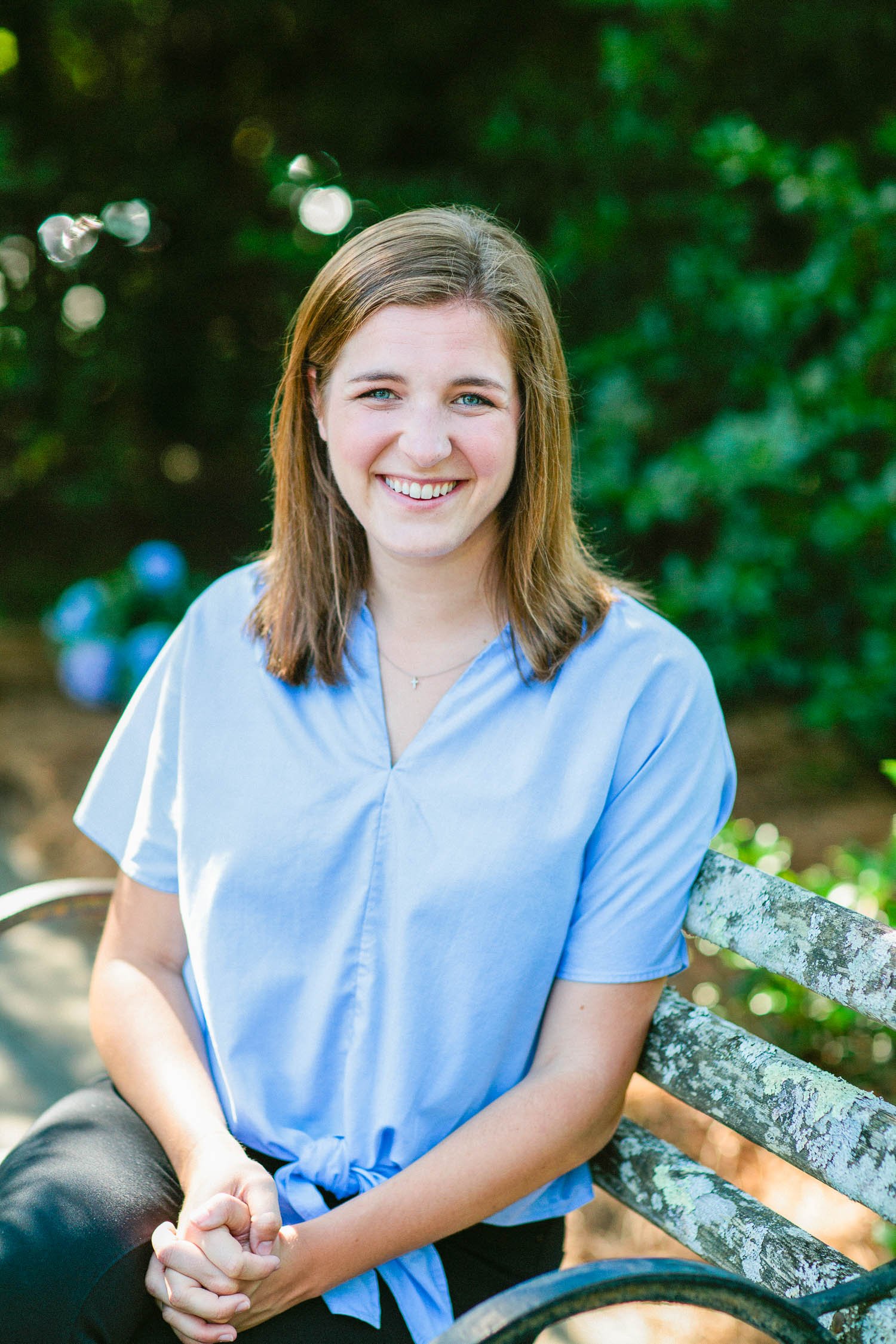Scott Beuerlein Biography
Scott Beuerlein is the Manager of Botanical Garden Outreach at the Cincinnati Zoo and Botanical Garden. He runs the Zoo’s Botanical Garden educational programs, including three symposiums. He is involved in most of the department’s other outreach and with the plant trialing.
Scott is a 1982 graduate of Xavier University, earning a B.A. in Communication Arts. He is an ONLA Certified Landscape Technician and an ISA Certified Arborist. Scott is also a garden writer and horticultural speaker. He has published hundreds of articles and columns in several gardening and green industry publications. He currently pens two columns in each issue of Horticulture Magazine—the (usually, hopefully!) humorous Deep Roots column and the Garden Views series of interviews. Scott is a partner in the long running and highly respected GardenRant blog and posts about twice a month, including a spirited and sometimes passive-aggressive sparring of wits with garden writer Marianne Wilburn in a series of letters.
Scott has received the following recognition for his horticultural efforts:
2022 Silver Medal for blogs from the International Association of Garden Communicators
2020 Silver Medal for Magazine Article from the International Association of Garden Communicators
2020, Garden Clubs of America’s Club Horticulture Commendation
2019, two Gold Medals for articles from the International Association of Garden Communicators
2019, the Civic Garden Center of Cincinnati’s Building Community Award
2018, the Citation Award from the Garden Clubs of Ohio
2018, the Johnny Appleseed Award from Taking Root
2015, named “One to Watch” by Cincinnati Magazine
In 2012, his garden received the Garden Recognition Award from the Cincinnati Horticulture Society
Scott is the currently serving as:
Board Member of Spring Grove Cemetery and Arboretum
Chair of the Boone County Arboretum Collections Committee
Member of the Cincinnati Urban Forestry Board
Member of the Green Industry Conference committee
Member of the Perennial Plant Association’s Education Committee
Judge on the 2021 GardenComm Awards Committee
Previously, Scott has served as:
Chairman of Taking Root, a tree planting initiative
Chairman of the Cincinnati Flower Growers Association
President of the Northern Kentucky Urban and Community Forestry Council
Learn more about Scott by visiting his website, by reading his articles on GardenRant and Horticulture Magazine, and learning from the Cincinnati Zoo and Botanic Garden's website where there are additional resources, including event details, trialing program brochures, and the plant for pollinators initiative.
SHOW NOTES
The early passion for plants from a family of gardeners, and that passion rekindled when he had his first house
Starting a landscape company and eventually delving deeper into ornamental horticulture
Leaving Delta Airlines in 2008 to pursue his passion full-time and led him to his current role at the Cincinnati Zoo and Botanic Garden
The prevalence of second-career individuals in horticulture and their diverse experiences
Pretending to teach people about plants as a kid
His role at the Cincinnati Zoo and Botanic Garden involves communication, teaching, and sharing the importance of horticulture with the world
A shoutout to Steve Foltz
The success of symposiums at the Cincinnati Zoo and Botanic Garden and the importance of information exchange within the horticultural community.
Plant trials to assess the success of various plants in their urban environment
Soil improvement techniques include removing heavy subsoil clay, backfilling with commercial topsoil blended with sand and compost, and creating raised beds
The importance of not walking on the soil to maintain its loose structure and achieve rapid plant establishment.
The commercial blend for topsoil typically includes clay, sand, and pine fines, with a focus on planting heavily and using liquid fertilizers for initial establishment.
How limited space led to a unique display/trial approach
The addition of a two-acre botanical garden on a nearby school campus at Rockdale Academy in Avondale and how it provided room for more scientific, side-by-side plant trialing
The zoo's involvement in community projects with projects funded by local organizations
Core principles of horticulture and zoos including diversity of projects, doing projects the same way each time, and use of shade trees
How horticulture is involved in planning for new projects at the zoo
Creating a sense of place for zoo exhibits
How the zoo uses plants to keep animals happy
How more zoos should integrate horticulture more
The significance of ArbNet accreditation levels based on collections, policies, education programs, and research, highlighting their achievement of level four on the first try.
Scott’s approach to writing and his contributions to GardenRant and Horticulture Magazine
Scott's interview column in Horticulture Magazine, where he engages with influential figures in horticulture and offers a sneak peek into the industry's professionals
Enjoying the gardening experience
The daily practice of walking through his garden to center himself, providing a quiet moment of reflection and appreciation for the work he has done.
The connection between people and plants
How small actions like planting a pollinator garden or conservation at home can make a better environment
Favorite horticulture book is Hugh Johnson's Principles of Gardening, a comprehensive and readable book that covers the history, science, and various aspects of horticulture
The challenge of gardening with a bad back
Challenging the common belief that planting small trees results in faster and better growth compared to larger trees
The importance of sharing knowledge about soil and how success in gardening is strongly tied to the initial soil preparation and plant choice
How to propagate more horticulturists by exposing children to good horticulture through programs and community spaces
Learn more about Scott by visiting his website, by reading his articles on GardenRant and Horticulture Magazine, and learning from the Cincinnati Zoo and Botanic Garden's website where there are additional resources, including event details, trialing program brochures, and the plant for pollinators initiative.







